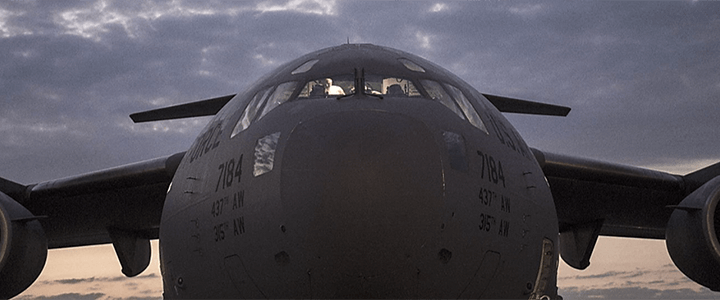According to a recent survey by the University of North Dakota, the U.S. will be short around 3,500 commercial pilots by the year 2020. The current shortage has already forced some regional air carriers to restrict flight service and even close some routes to small U.S. cities because they just don’t have pilots to fly the routes.
And as many of you know who are considering becoming commercial pilots, the Post 9/11 GI Bill is limited to paying up to $13,031.61 per academic year for vocational flight training – a fraction of the total costs of learning to fly. Of course, the way around that limitation is to enroll in a four-year degree-producing aviation program. Then the VA pays the same as it does for any other bachelor degree program – up to 100% tuition and fees at a public school or up to $22,805.34 per academic year at a private one.
Many veterans want to get in the pilot’s seat earlier than four years down the road. Aside from going the aviation degree route, becoming a commercial pilot after exhausting the GI Bill is costly … until now.
Forces to Flyers Program Addresses Pilot Shortage
Under a new initiative from the Department of Transportation, called Forces to Flyers, forty veterans who want to be pilots can get free flight training under the three-year program once it begins in mid-2018. Once each student in the program has 175 flying hours under their belt, they can then be licensed as commercial flight instructors.
At that point, they come off the Forces to Flyers program as commercial pilot instructor-qualified, and get a job as a flight instructor. Now, not only are they earning money by teaching commercial flying, but they also earn the rest of their flight hours needed for them to become a licensed Airline Transport Pilot (ATP).
Under current regulations, ex-military pilots and graduates of four-year flight training programs at universities and colleges can get their ATP license with as few as 750 to 1,250 flight hours depending on which of the two methods they used to get their training and experience. The FAA last month proposed to cut that requirement down to 500 hours if completing a standardized training module offered by the airlines.
Alternatively, under a different proposal in the Senate’s reauthorization bill, the FAA would have the authority to reduce the current 1,500-hour requirement for pilots who received their training wholly through commercial airline training programs.
Everyone realizes the Forces to Flyers program and the two proposals will not solve the commercial pilot shortage, but both initiatives will help reduce the commercial pilot shortage before it gets worse. If interested in becoming a commercial airline pilot, now may be your time to make the move. Keep watch on the Forces to Flyers program, as more than likely the forty spots will fill on a first-come, first-serve basis.

